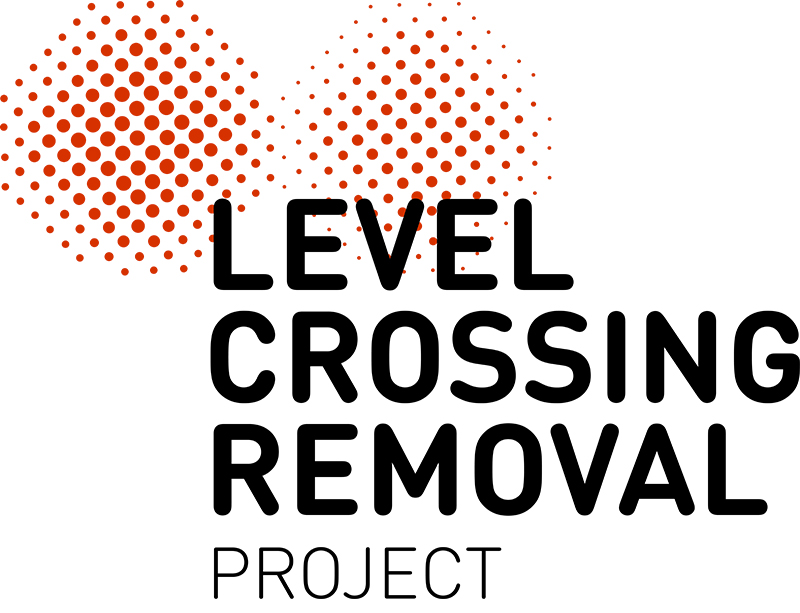
The Glen Huntly level crossing removal project has been making a positive impact to the environment with a range of new technology positively trialled during works. From new types of concrete to rethinking the way stations are lit, the project has looked for smart ways to reduce emissions during construction and in the long-term running of the new station.
Low carbon concrete was used in the new pocket park by Neerim Road and shared user path that connects Glen Huntly to the stations to the south. The concrete is made up of 70% materials which have lower carbon emissions by around 45% less than traditional concrete.
Electric vehicles are becoming more common across our worksites, with green-powered EV charging stations in place at the Glen Huntly site office during works. The EV utes and green power contributed to lowering diesel use and saving about 180kg of CO2 each month.
A bonus is that fewer diesel vehicles mean better air quality and lower noise levels on site. We’ll be looking to roll out more hybrid and electric vehicles across our sites to further reduce carbon emissions and lead the way on electric vehicle uptake in the construction industry.
A smart lighting system has been installed at the new Glen Huntly Station. The system dims the lights when trains aren’t running while retaining visibility for public safety. This little change has a big impact on reducing electricity use, helping save more than 400 kWh in energy use and the associated greenhouse gas emissions.
The smart lighting also helps reduce the impact of lighting on neighbouring properties.
The area is now level crossing free with the 2 dangerous and congested level crossings at Neerim and Glen Huntly roads gone for good, transforming how Glen Huntly locals live, work and travel.